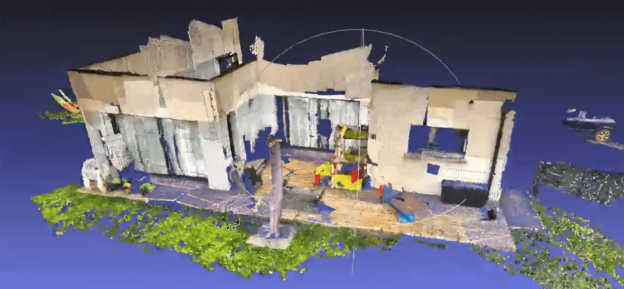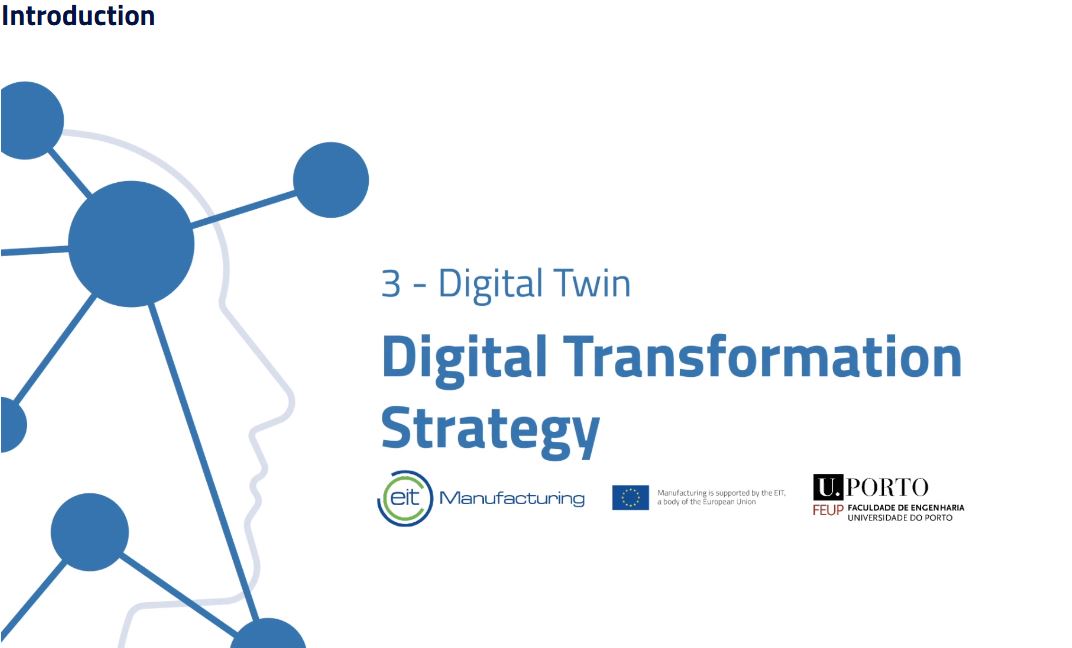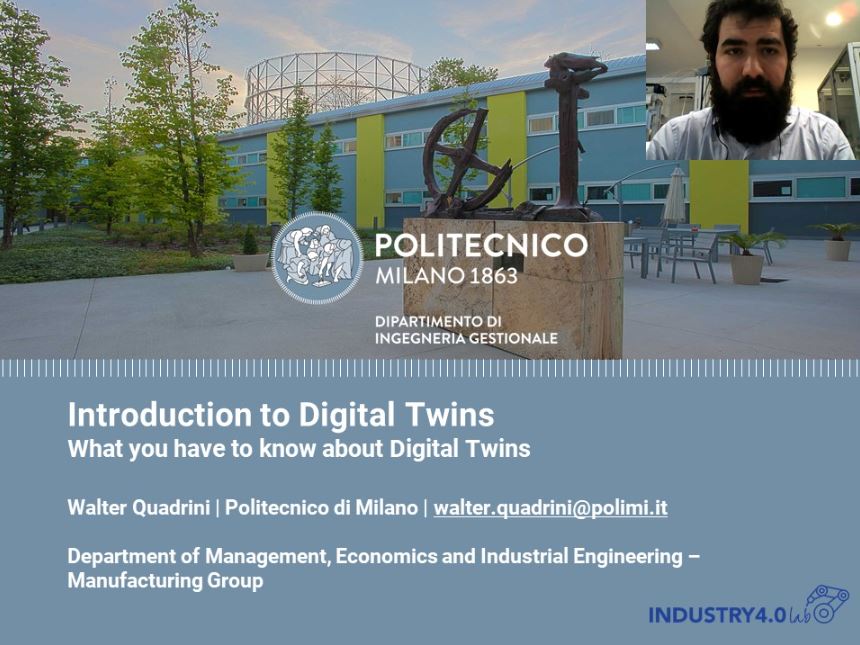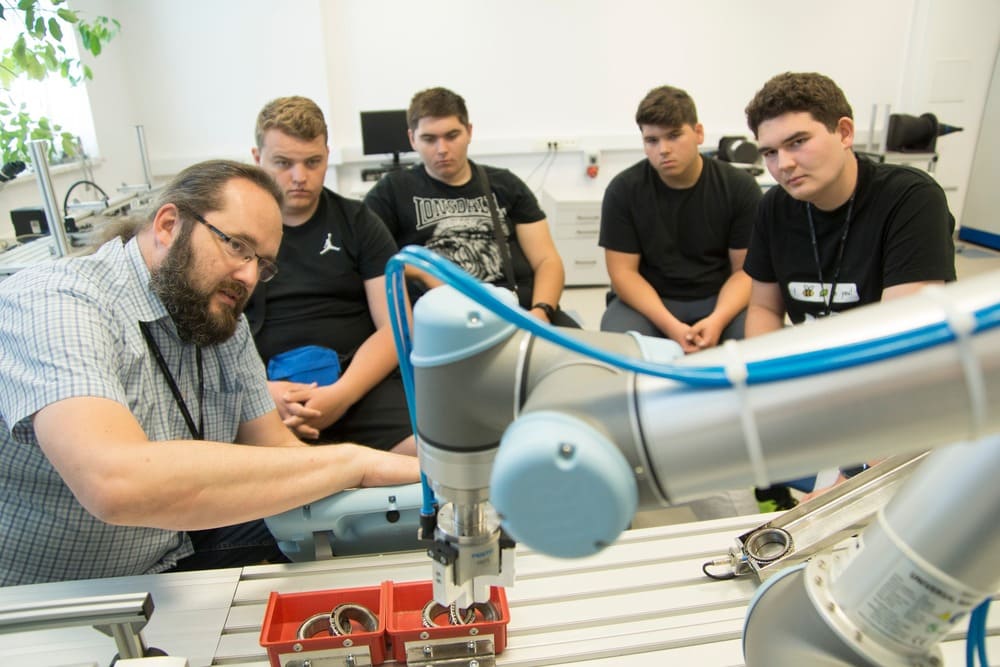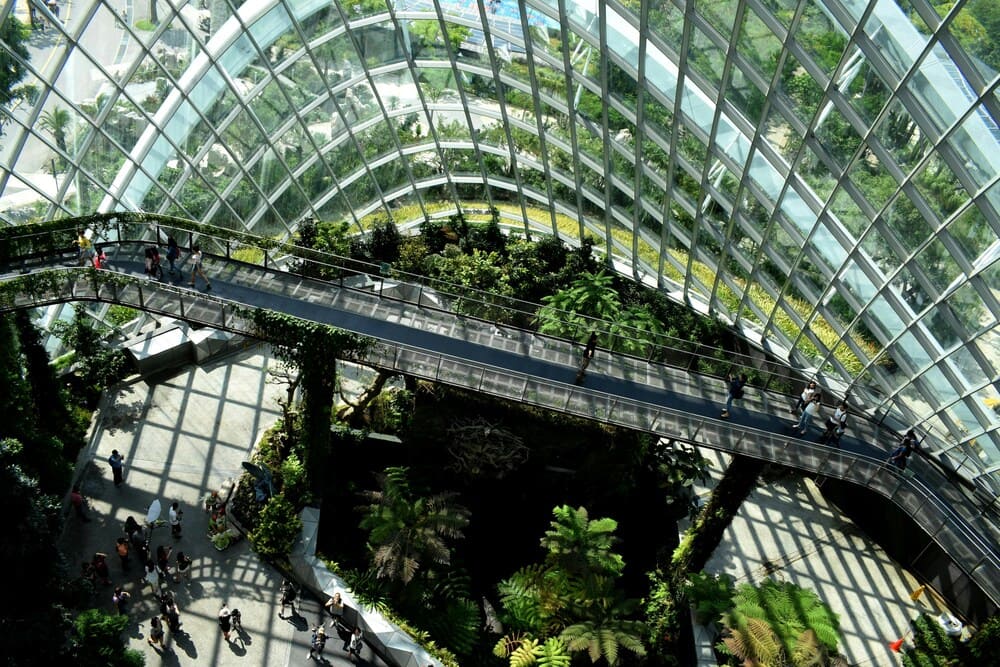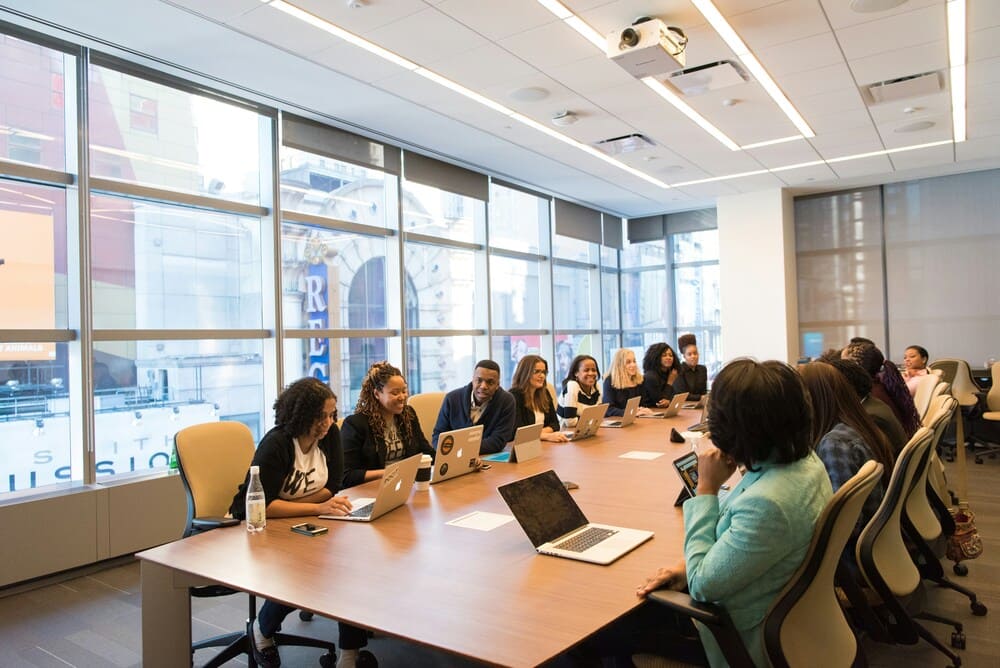Type of course:
Digital learning, Lesson
Language:
EN
Duration:
7 minutes
Workload:
2 hours
Proficiency:
Intermediate
Target:
Professionals
Scanning 3D objects with a smartphone is now possible. The device can capture images that are aligned in space, and if we know the depth of each pixel, we can reconstruct a 3D scene for each image. This depth is the key to good reconstruction. Either you use a depth sensor attached to your device (such as a LiDAR sensor) so that you can scan in real time; or you use specific algorithms that post-process the data coming from the smartphone (mainly images) to obtain a 3D model. This nugget covers two main post-processing techniques: Photogrammetry, which creates a 3D mesh from a set of images, and Neural Radiance Fields (NeRF), which creates a volume for rendering a 3D scene from a set of images. The nugget also discusses the importance of the first step: Structure From Motion, as the quality of the result depends mainly on this step and on the acquisition itself.
Learning outcomes
- By the end of the module, learners can apply the methodology to scan properly an object when targeting post-processing
- By the end of the module, learners can explain the impact of a bad acquisition on the “Structure From Motion” step, and on the final result.
- By the end of the module, learners can justify why and when to use Photogrammetry and NeRF techniques.
Course Content
Topics
Digital Transformation, Simulation Tools, Augmented Reality (AR)

